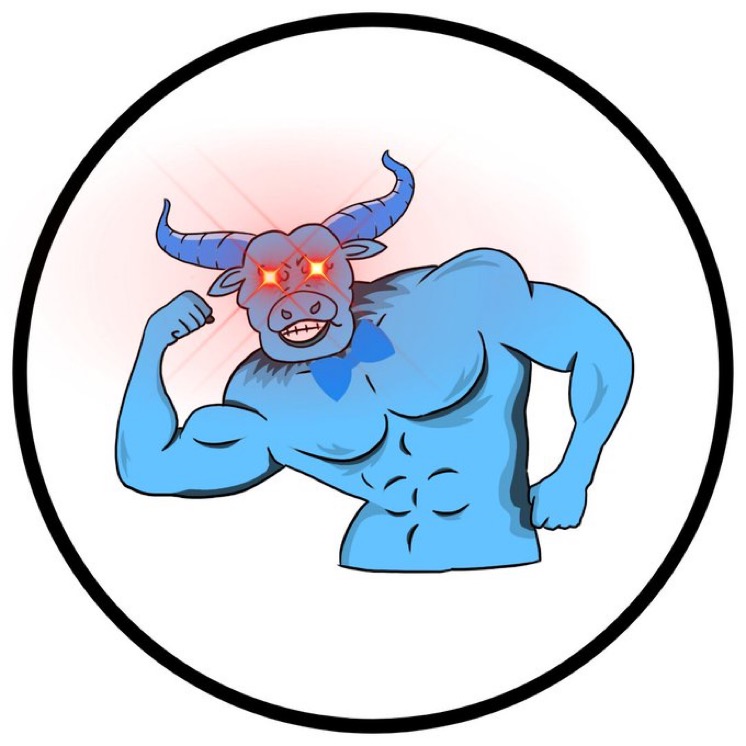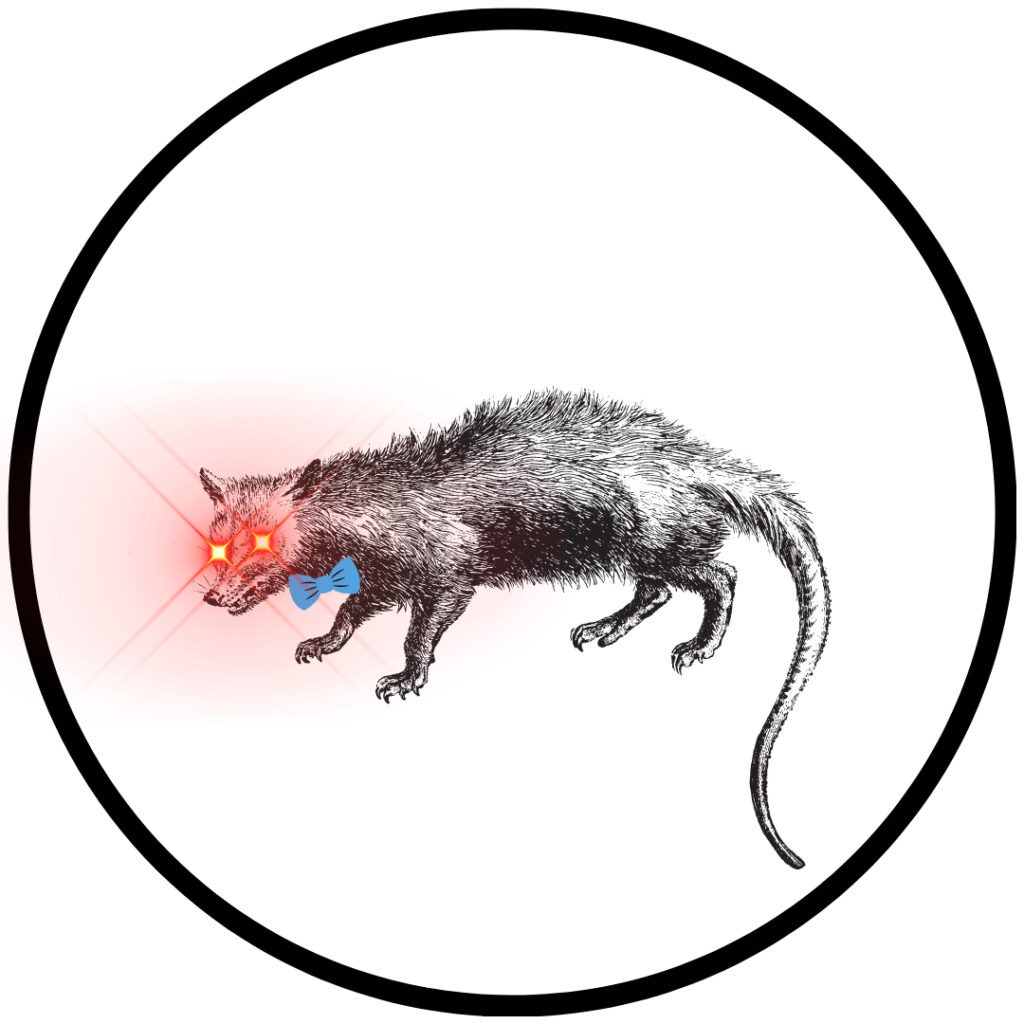To kick things off, here is a quick run-down on Helium, a little-known cryptocurrency that has a lot of utility. This is in the same space as The Graph
Helium is The People’s Network, HNT is the native token of the Helium blockchain, which is made up of hotspots. It was launched in July during the summer of 2019.
“The People’s Network represents a paradigm shift for decentralized wireless infrastructure” (Helium.com).
Hotspot creators (miners) earn HNT for providing coverage to the network, and whenever devices on the network connect to the internet through the Hotspots where the miners act as sort of a “entry”. The Helium blockchain incentivizes the creation of decentralized, public wireless networks.
This is something that is supporting the “internet of things” (IoT) and can be a major part of Web 3 going forward.
In 2021 Helium has been experiencing steady growth heading into 2022.

“Helium is a global, distributed network of Hotspots that create public, long-range wireless coverage for LoRaWAN-enabled IoT devices.” (Helium.com)
It is ultimately a new decentralized network of hardware devices used to provide long range wireless coverage off open-source technology.
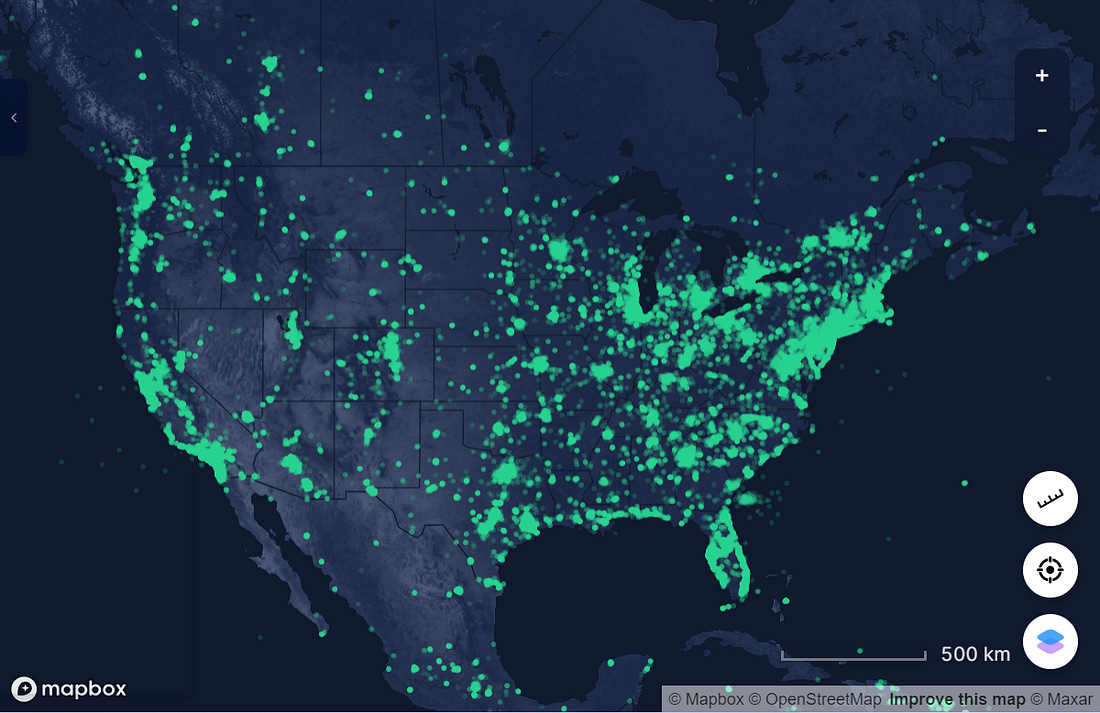
Hotspots are what the The People’s Network is comprised of hotpots that provide long-range wireless coverage, LoRaWAN. The “cost” to do all of this runs at a low level of power/energy for the individual. This is made possible through reasonably priced hardware ~ $500 USD per miner.
For a reference point, 1 HNT is currently trading ~ $34.
The most notable pieces of information to consider are the are the total hotpots → 417,332, and the current circulating supply of HNT is 107,992,323, and a total supply of 223 million HNT.
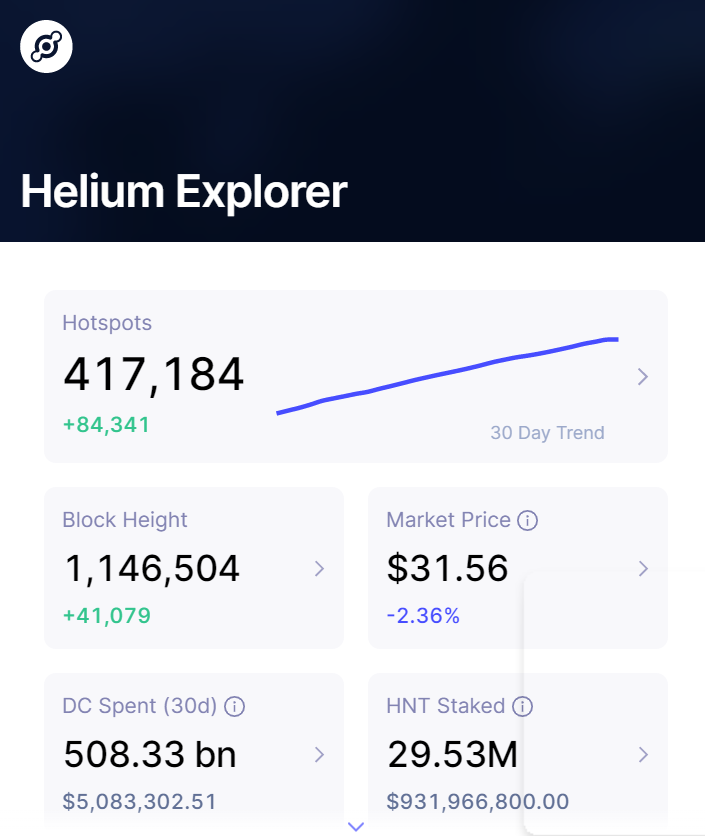
The Helium blockchain uses an algorithm → “Proof of Coverage” (PoC) to validate and verify that Hotspots are located where they claim. This is to make sure contributors are “actually” doing the work, where they say they’re doing it, and are validated amongst the network. This process includes challenges, witness, and data transfers.
Put another way, PoC tries to verify, on an ongoing basis, that Hotspots are honestly representing their location and the wireless network coverage they are creating from that location.
Proof-of-Coverage takes advantage of the unique, undeniable properties of radio frequency (RF) to produce proofs that are meaningful to the Helium Network and its participants. Specifically, PoC relies on the following characteristics:
- RF has limited physical propagation and, therefore, distance.
- The strength of a received RF signal is inversely proportional to the square of the distance from the transmitter; and
- RF travels at the speed of light with (effectively) no latency(Helium.com)
HNT Price and Metrics
HNT Price $31.82
Market Cap $3,210,138,081
Market Cap Dominance 0.14%
Trading Volume $11,847,700
24h Low / 24h High $31.65 / $33.04
Market Cap Rank#52
ATH $54.88 (-42.0%) Nov 12, 2021
Recent Helium news & How to Mine Helium
DISH has been the first large wireless service to deploy Helium 5G. This is very interesting and worthy news to consider. Right now, for the “newbie” in retail, they could find HNT listed on Binance.US, Crypto.com Exchange, and Gate.io if they’d like to buy off a CEX.
Or, if interested in mining, below is some information to consider before purchasing a miner.
The BOBCAT miner is one of the most popular options, attached is a general breakdown on price for the miner.
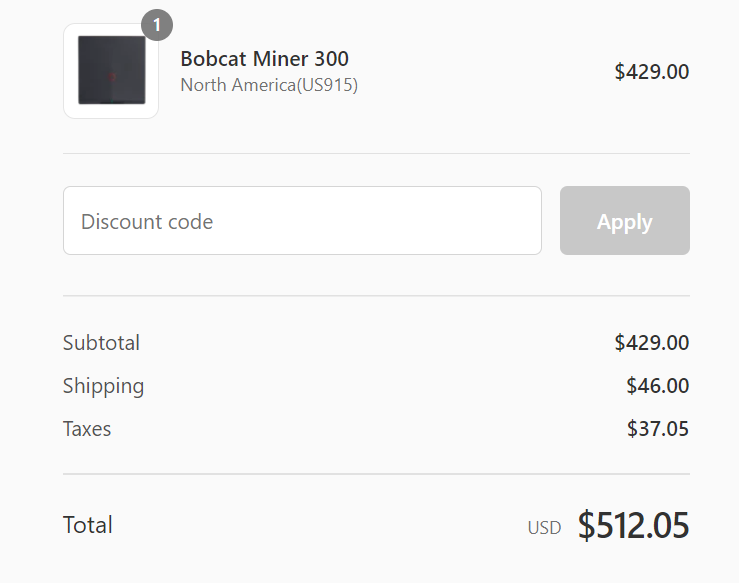
To pair with the cost breakdown of buying a miner, below is a breakdown of the investment opportunity.
- Initial Cost: ~$500 for the miner (Shipping takes ~ 6 months)
- At price point of $34 per HNT and getting 3 HNT/day = ~$102/day → $714/week
- At this rate, it takes ~ 1 week to make initial investment from miner back and to make a profit ($201.95), but this is assuming everything is consistent and located in a high traffic area providing helium coverage. The more coverage and hotspots in each area, the better! More validation and contribution, but that also means more mining competition.
- If located in a high traffic area a miner on the high end might collect 5 – 10 HNT/day = $155 – $310/day = $1085 – $2170 in 1 week, in a busy area.
The general trend is that people can make ~ 1 – 3 HNT per day, depending on the local coverage map, one might see a ~1 HNT reward per day *average* in each area (the suburbs of a semi-popular mid-sized city in the US).
Rewards will ultimately depend on how many hotspots are nearby, more hotspots bring in more users, more activity, more rewards. Again, the more, the better, but also measure the competition. Look at what miners in different geographies are making each day here → https://explorer.helium.com/coverage.
There’s plenty nearby that earned 31 HNT last month (there’s only one hotspot further out not making any HNT). If anyone wanted to, they could purchase 2, and strategically place them about 200-300 meters apart if there’s consistent traffic.
Assembling and the entire set up is very easy, and the electrical cost is very low.
Uses minimal energy ~ 5W lightbulb.
In summary, it could be worth mining even if HNT took ~ a 50% drawdown to $17 →cover the cost in ~ 2 weeks and profit in the first month.
The token is limited to 223 million and follow a halving schedule like BTC, instead the issuance halves every 2 years instead of 4.
It’s a useful and credible project that continues to grow and should continue to gain some more momentum and usage worldwide going forward. Go ahead and check out their website, browse the white paper. Both look great. Helium also has a pretty significant social media following.
Disclosure: Not financial advice.




